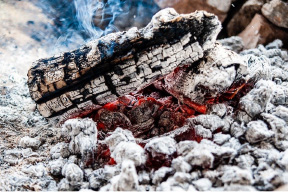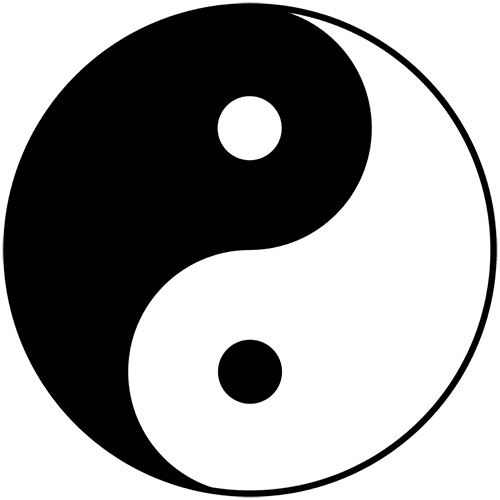
There is an old Irish custom which is called grieshog.
Grieshog, is the process of burying warm coals in ashes at night to preserve the fire for the following day. Instead of cleaning out the hearth, people preserved the day’s glowing coals under beds of ash overnight in order to have a fast-starting new fire the next day. In the morning, the householder brushed aside the ashes and added new fuel to the still-hot coals to stoke the fire up for the new day’s warmth and cooking.
The process is an extremely important one. Otherwise, if the coals go out, a whole new fire must be built and lit when morning comes, an exercise that takes precious time, uses wood already chopped and stored, and slows the more important work of the new day.
The primary concern, then, was that the fire from yesterday not be permitted to burn out completely at the end of the day.
On the contrary, the coals hidden from sight under heaps of ash through the long, dark night were tended carefully so that the fire could leap to life again at first light.
The old fire did not die, it kept its heat, in order to be prepared to light the new one.
It is a holy process, this preservation of purpose, of energy, of warmth and light in darkness.
What we call death and end and loss in our lives, as one thing turns to another, may in these terms, be better understood as greishog, as the preservation of the coals, as refusing to go cold, and being the warmth of tomorrow.
The Irish have another tradition associated with grieshog.
Besides burying the last hot embers of the day in ash overnight in order to start the next day’s fire quickly, they would also carry the hot coal of the fire from house to house as well.
When a young person marries and moves or when a family moves house, they take a hot coal from the first hearth to start the first fire in the new hearth.
As we begin a new Lenten season and move to our being engaged in the process of Synodality perhaps a moment’s reflection is in order for each of you as individuals and as a faith community to reflect on the question “what hot coal from the first hearth do I/we carry to light the fire in our new hearth?


